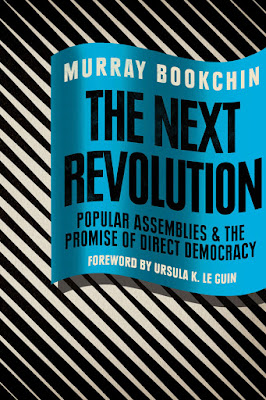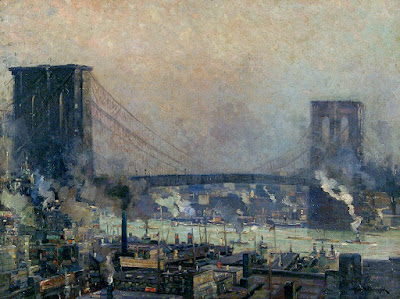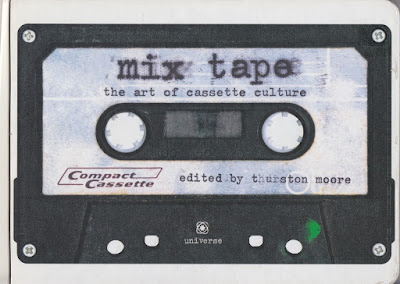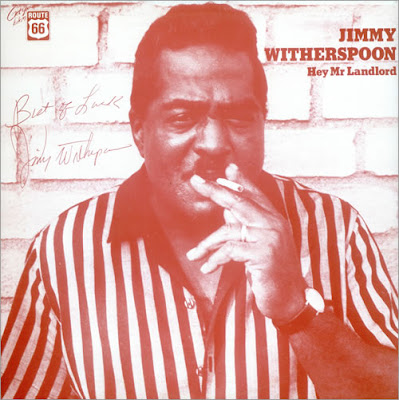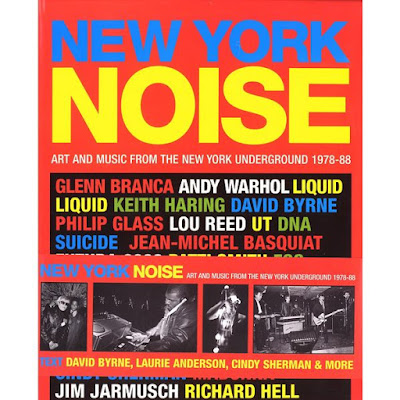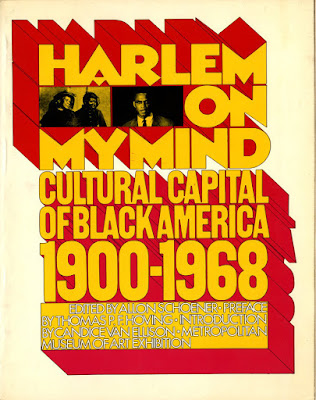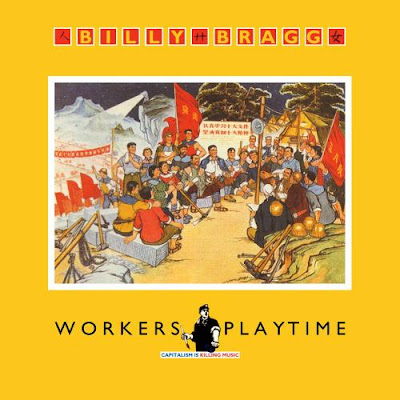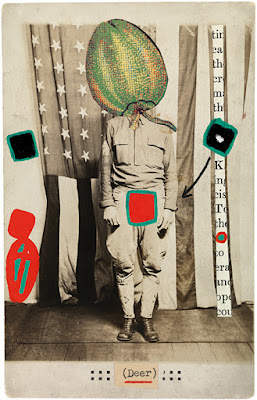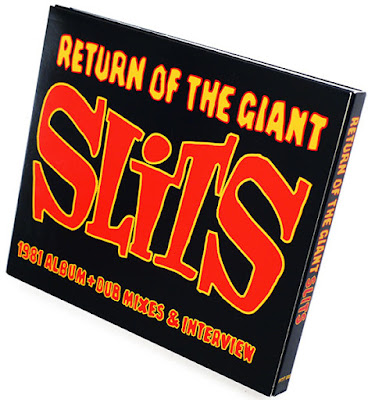
"Artist Ray Johnson's (1927-1995) body of work spans many media, but he is best known for his intricate and complex collages. His mail art project, The New York Correspondance [sic] School, utilized the postal system as a means of dissemination, circumventing the commercial art world. In his life, Johnson was close to key figures including Andy Warhol, Chuck Close, Jim Rosenquist and Jasper Johns, and he is associated with several significant art movements. Johnson continued to produce work until his suicide in 1995, and is the subject of the cult classic documentary film How to Draw a Bunny. His work has been the subject of numerous exhibitions, and is held in major public and private collections. ..."
Prentice Art
NY Times - Review: Recalling Ray Johnson, a Pioneer of Mail Art
I Is an Other: The Mail Art of Ray Johnson
artnet
The Paris Review: Please Forward Contents
2011 January: Ray Johnson, 2014 May: The Sinking Bear & Ray Johnson’s A Book About Death



